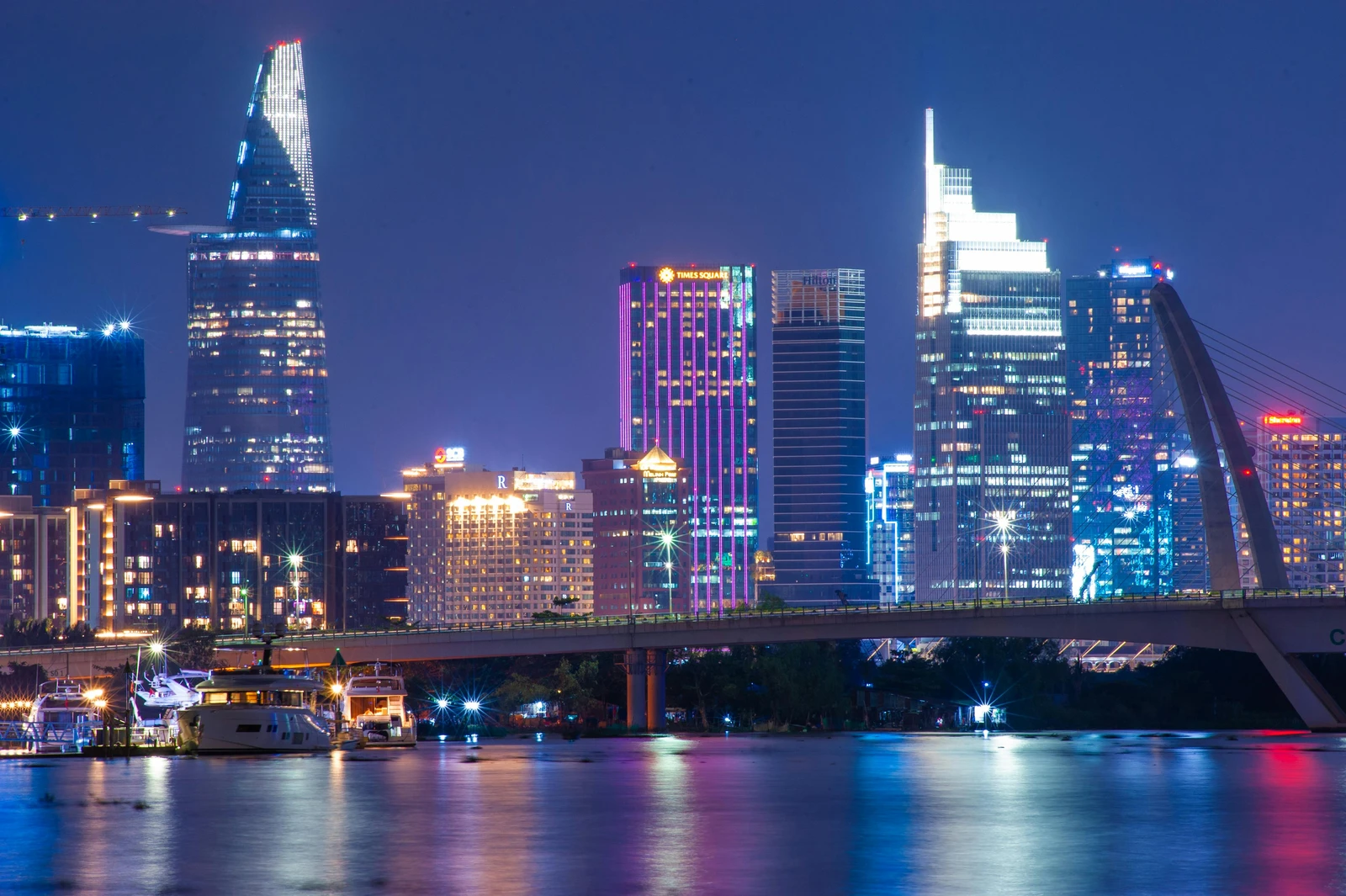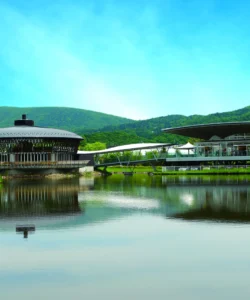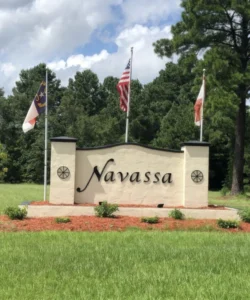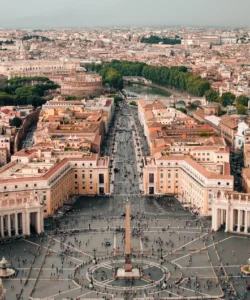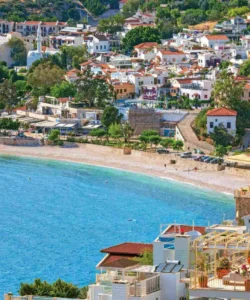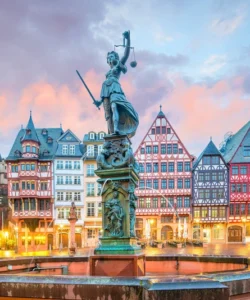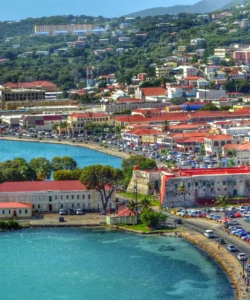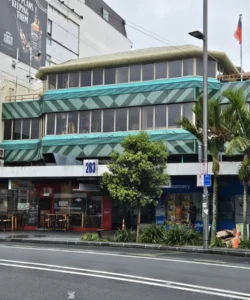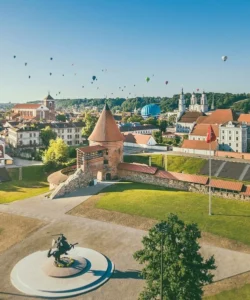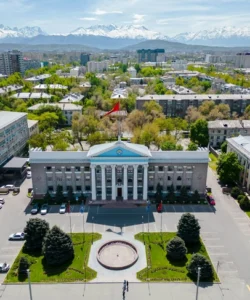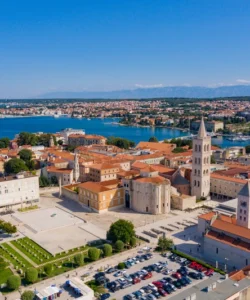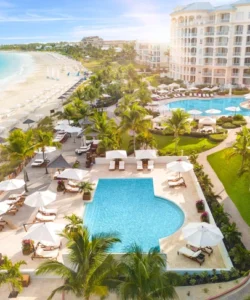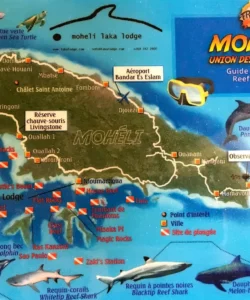Ho Chi Minh City (Thành phố Hồ Chí Minh), commonly known by its former name, Saigon (Sài Gòn), is the largest city in Vietnam and its economic powerhouse. Located in the south of the country, it’s a bustling, energetic, and rapidly developing metropolis that combines historical French colonial architecture with modern skyscrapers, vibrant street life, and a rich culinary scene. It serves as a compelling window into Vietnam’s past struggles and its thriving present, offering a fascinating blend of tradition and dynamism.
![]()
Name: Ho Chi Minh City (Thành phố Hồ Chí Minh). Many locals and visitors still affectionately refer to it as Saigon (Sài Gòn).
Address: Ho Chi Minh City, Vietnam. Key areas include District 1 (city center), Cholon (Chinatown), and various other districts expanding outward.
How to get there:
Ho Chi Minh City is a major international and domestic transport hub, extremely accessible:
- By Air: Tan Son Nhat International Airport (SGN) is Vietnam’s busiest airport, with numerous direct domestic flights from all major Vietnamese cities (Hanoi, Da Nang, Hue, Phu Quoc, etc.) and extensive international flights from across Asia, Europe, North America, and Australia. The airport is just a short drive (20-40 minutes) from the city center.
- By Train: Saigon Railway Station is the southern terminus of Vietnam’s “Reunification Express” railway line, connecting it to Hanoi and all major cities along the central coast.
- By Bus: Intercity buses connect Ho Chi Minh City to virtually all provinces in southern Vietnam and beyond, including destinations in Cambodia (Phnom Penh) and Laos.
- By Boat/Ferry: River cruises on the Mekong Delta often start or end in Ho Chi Minh City.
- By Car/Taxi/Ride-hailing: Taxis and ride-hailing services (Grab) are abundant within the city.
Landscape and Architecture:
Ho Chi Minh City’s landscape is a vibrant tapestry of colonial grandeur, modern high-rises, and bustling street-level activity:
- French Colonial Architecture: The city center (District 1) is famous for its elegant and well-preserved French colonial buildings, which include:
- Notre Dame Cathedral Basilica of Saigon (Nhà thờ Đức Bà Sài Gòn): A red-brick neo-Romanesque cathedral, constructed between 1877 and 1880, with two tall bell towers.
- Saigon Central Post Office (Bưu điện Trung tâm Sài Gòn): An iconic architectural masterpiece designed by Gustave Eiffel, featuring a grand, vaulted interior and an old-world charm.
- Independence Palace (Dinh Độc Lập) / Reunification Palace: A brutalist-style modernist building that served as the home and workplace of the President of South Vietnam during the Vietnam War. It’s preserved largely as it was in 1975.
- Saigon Opera House (Nha Hat Thanh Pho): An ornate French colonial opera house, now primarily used for cultural performances.
- Ho Chi Minh City Hall (Trụ sở Ủy ban Nhân dân Thành phố Hồ Chí Minh): A beautiful French colonial building now serving as the city’s People’s Committee headquarters.
- Modern Skyscrapers: The city’s rapid economic growth is reflected in its burgeoning skyline, with sleek glass and steel skyscrapers dominating parts of District 1 and other emerging commercial zones. The Bitexco Financial Tower (with its iconic helipad on the side) and the Landmark 81 (Vietnam’s tallest building, located in Binh Thanh District) are prominent examples.
- Vibrant Street Life: The true “architecture” of Saigon’s daily life is on its streets, filled with countless motorbikes, street food vendors, sidewalk cafes, and bustling markets, creating an incredibly dynamic and chaotic energy.
- Cholon (Chinatown): Located in District 5, Cholon is a vibrant and historic Chinatown with distinct Chinese temples, pagodas, traditional shophouses, and bustling markets (like Binh Tay Market), offering a different architectural and cultural flavor.
- Canals and Rivers: The Saigon River flows through the city, and a network of canals (many of which have been filled in over time) once crisscrossed the urban area, influencing its early development.
- War Remnants Museum: While not architecturally stunning, this museum’s raw and powerful exhibits (including U.S. military equipment) are crucial to understanding the city’s modern history.
What makes it famous:
Ho Chi Minh City is famous for:
- Economic Heart of Vietnam: It is the country’s largest city and economic engine, a vibrant hub of commerce, trade, and innovation.
- French Colonial Heritage: Its impressive collection of well-preserved French colonial architecture gives it a distinct European charm amidst the Asian bustle.
- Vietnam War History: It played a central role in the Vietnam War (referred to as the “American War” in Vietnam), and sites like the Independence Palace and the War Remnants Museum offer powerful insights into this conflict.
- Vibrant Street Life: The chaotic yet captivating energy of its streets, dominated by millions of motorbikes, street food vendors, and bustling daily activity, is a signature experience.
- Culinary Capital: It’s a renowned foodie destination, offering an incredible array of delicious and affordable Vietnamese street food, from pho and banh mi to fresh seafood and regional specialties.
- Shopping and Nightlife: The city offers diverse shopping experiences, from traditional markets to modern malls, and a burgeoning nightlife scene.
- Gateway to the Mekong Delta: It serves as the primary jumping-off point for tours and excursions to the lush Mekong Delta region.
Differences from some other wonders:
Ho Chi Minh City, as a metropolis, differentiates itself from other major cities or historical sites in several key ways:
- Rapid Post-War Transformation: Its trajectory from a war-torn city (Saigon) to a rapidly developing, capitalist-leaning economic powerhouse (Ho Chi Minh City) in just a few decades is a unique narrative of resilience and profound socio-economic transformation, contrasting with cities that have had more stable developmental paths.
- “Saigon” Identity vs. Official Name: The enduring popular use of its former name, Saigon, despite its official renaming to Ho Chi Minh City, is a unique linguistic and cultural phenomenon that reflects its complex history and the deep attachment of its people to the pre-unification identity.
- Motorbike Dominance: While other Asian cities have motorbikes, Ho Chi Minh City’s overwhelming dominance of motorbikes as the primary mode of transport, creating a seemingly chaotic yet organized flow of millions of bikes, is an iconic and immersive sensory experience distinct from cities dominated by cars or public transport.
- Blend of Colonial Grandeur and Modern Asian Bustle: It offers a stark but fascinating contrast between its elegant, relatively intact French colonial architecture and the intense, spontaneous energy of a rapidly modernizing Southeast Asian city. This specific blend is more pronounced than in many other former colonial cities which may have either lost more of their colonial heritage or developed differently.
- War History as an Immersive Element: The city’s direct role in the Vietnam War means that its history isn’t just in museums; it’s tangible in sites like the Independence Palace (preserved from 1975) and the intense narratives presented at the War Remnants Museum, making the war history a visceral and defining part of the urban experience.
In essence, Ho Chi Minh City is a dynamic, complex, and utterly captivating wonder, a city that pulsates with the energy of a nation on the rise, while proudly showcasing its deep historical layers and enduring cultural spirit.
